Featured articles and news
Considerate Constructors Scheme acquires Building A Safer Future
Acquisition defines a new era for safety in construction.
AT Awards evening 2024; the winners and finalists
Recognising professionals with outstanding achievements.
Reactions to the Autumn Budget announcement
And key elements of the quoted budget to rebuild Britain.
Chancellor of the Exchequer delivers Budget
Repairing, fixing, rebuilding, protecting and strengthening.
Expectation management in building design
Interest, management, occupant satisfaction and the performance gap.
Connecting conservation research and practice with IHBC
State of the art heritage research & practice and guidance.
Innovative Silica Safety Toolkit
Receives funding boost in memory of construction visionary.
Gentle density and the current context of planning changes
How should designers deliver it now as it appears in NPPF.
Sustainable Futures. Redefining Retrofit for Net Zero Living
More speakers confirmed for BSRIA Briefing 2024.
Making the most of urban land: Brownfield Passports
Policy paper in brief with industry responses welcomed.
The boundaries and networks of the Magonsæte.
London Build Fire and Security Expo
20-21 Nov and now with new Ambassador Programme..
The Scottish Building Safety Levy
Eight weeks of consultation closing on 18 November.
The grey, the brown and the golden rules of housing
shifting policies from the wild west of housing development.
Future proofing homes that are fit for purpose
Specification challenges and the role of plastic.
Thousands of new homes unlocked for brownfield sites
£68 million to 54 councils for neglected land into new homes.








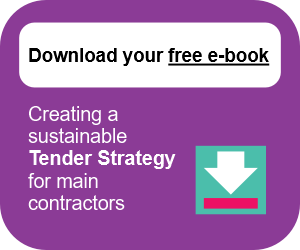





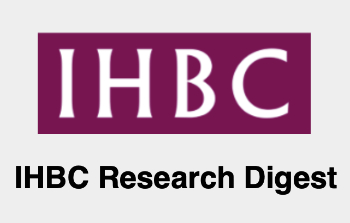
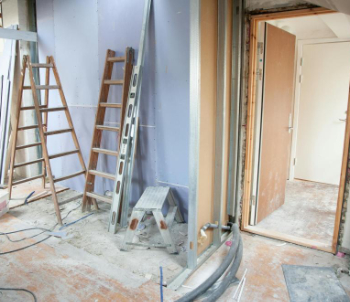



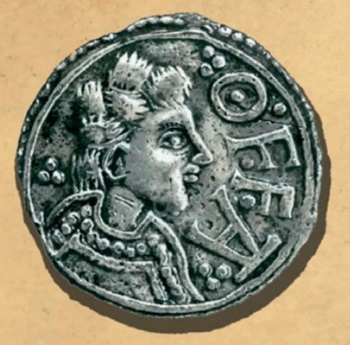
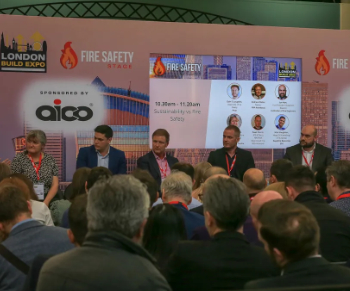
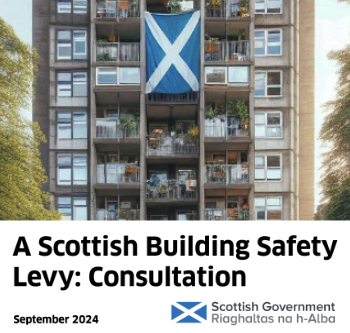
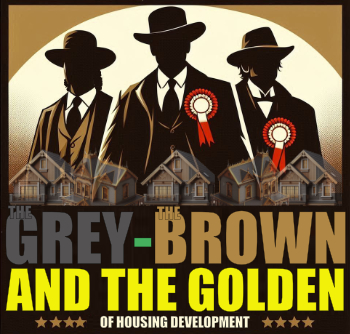

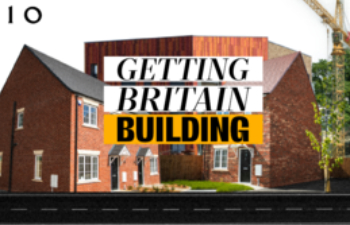
Comments
To add your thoughts to this discussion page, click 'Add a comment' above.
It has been suggested that the standard should be more prescriptive about the structure of documents. For example, requiring the preparation of an abstract of a certain length.
It has been suggested that the section on images should be expanded to make clear that images should be provided separately at high resolution so that they can be re-sized without loss of quality and so they can be properly indexed and licensed.
Should the standard be developed to include a system for tracking the provenance of knowledge, that is, where did it come from and where else is it used? This might be done by allocating a unique identifier to each piece of knowledge.
Include instructions for how to attach licences to knowledge.
Images need to be provided separately and separately indexed so that they are searchable.
How should very long documents be prepared? Should they be broken into chapters or presented as one very long file? Should a summary be published following a standard format, and linked to the full document?
Linked content (such as the data from which a graph has been created) should be in native or open format.
Images should be provided as image files, not for example as word objects.
Bulleted lists and numbered lists should be properly formatted lists, not normal paragraphs with bullet or number characters at the beginning.
Pull out captions should not be used. It is generally not clear where they fit in the flow of the text.
Images must be part of the flow. Not separated from the text to which they relate, or with text wrapped, or in separate windows.
The use of the future tense in text is limiting. It will become the past.
Be more prescriptive about how to make text accessible to / usable by a wider audience.
Is there a way of making references non-sequential so that sections of content can be re-used without the need to re-number references?
Can it be tailored more to report writing?
Some documents are private, or copyrighted - which licenses are suitable?
Think about what people are looking for rather than what you can publish. Start typing your subject into google and see what it predicts you are looking for.
Is it better to have the subject in the URL as well as the page title?
Is there a way of flagging up / informing the author when a piece of knowledge is no longer current?
Documents should be provided in native format or an open format, rather than as a pdf which is difficult to re-process or use.
Some knowledge is proprietary, and whilst it could be produced following a standard, it would not be accessible or licensed for use by others.
Online content should not be moved as this breaks links to them from other content. If it is necessary to move online content, redirects to the new location should be left behind.
Provenance attributes:
Version control makes collaboration easier.
Provide templates
Look at CrossMark system.
Use only UTF- characters.
Record when the document was originally created - is it maintained / current / archived.